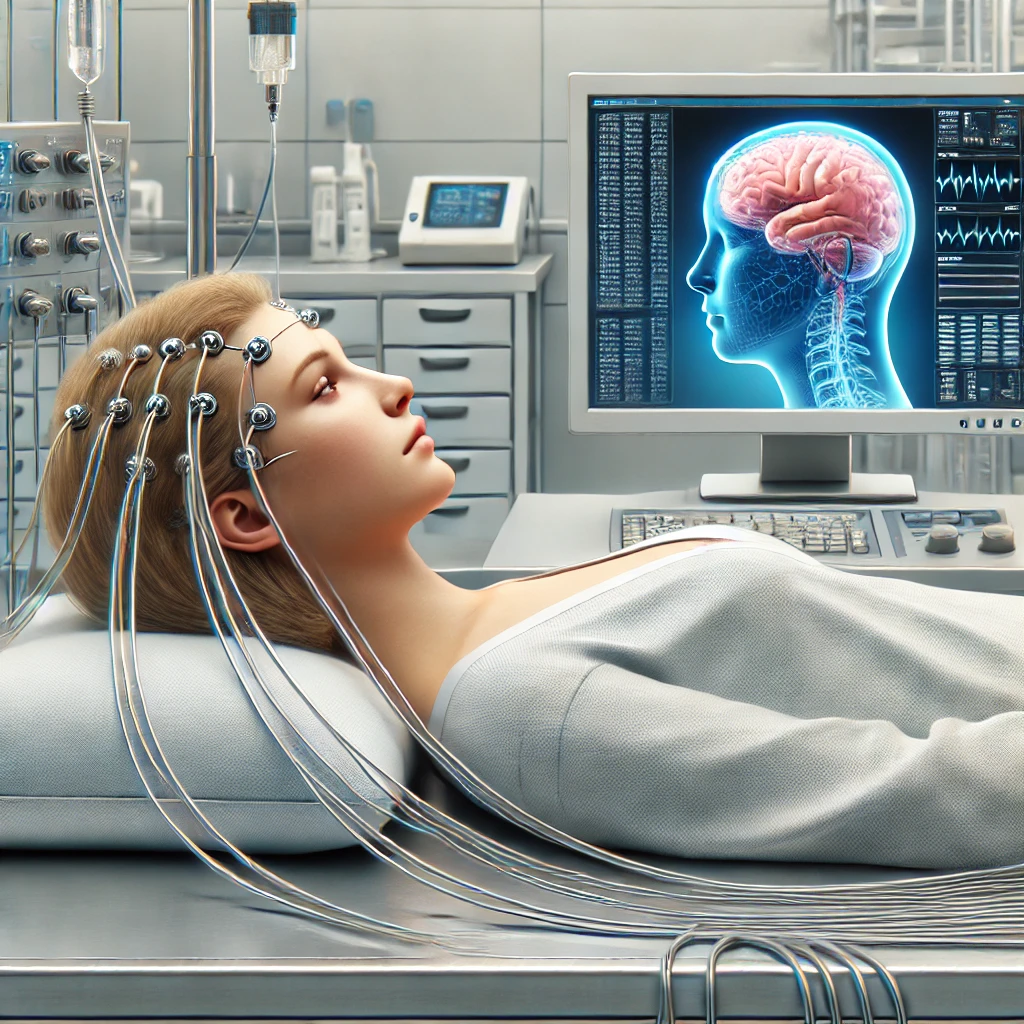Imagine being able to download your brain into a computer—sounds like something out of a science fiction movie, right? Well, scientists are working on understanding brains so well that someday, this could become a possibility. They’ve just made a big leap forward by creating an incredibly detailed map of a fruit fly’s brain, which is the most complete brain map of any living creature so far.

This exciting breakthrough, highlighted in nine studies published in the journal Nature, comes from the FlyWire project, led by scientists Mala Murthy and Sebastian Seung at Princeton University. They’ve been piecing together this puzzle for over four years, using advanced imaging and artificial intelligence (AI) to link up nearly 140,000 neurons (nerve cells) and over 54.5 million synapses (connections between neurons).

Clay Reid from the Allen Institute for Brain Science, who knows a thing or two about brain mapping himself, says this work is a big deal. It’s like having the most detailed map of a city, including every building and street, but for a brain!
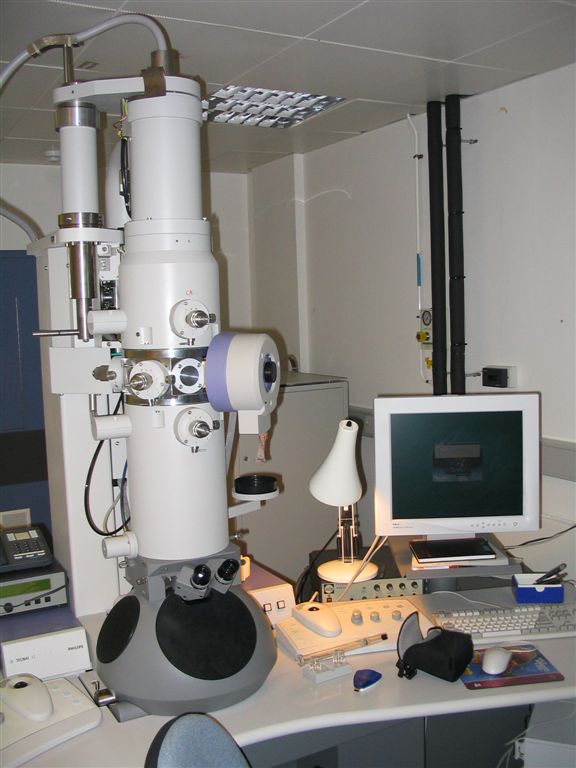
The process wasn’t easy. The team used electron microscopes to take super-detailed pictures of the fly’s brain and then used AI to help piece these images together. Even with this technology, they had to make over 3 million tweaks by hand to get everything just right, a task so big they even asked for volunteer help.
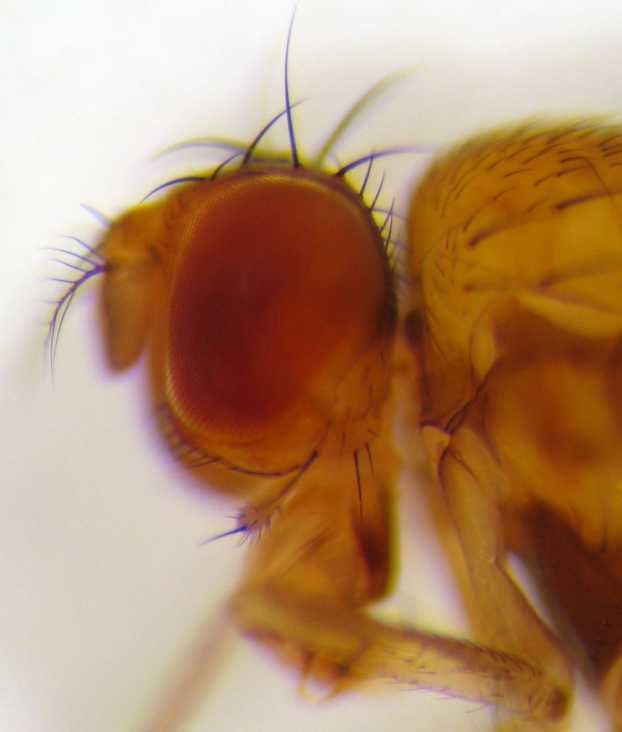
Why a fruit fly? Even though they’re tiny, fruit flies are a lot simpler to study than humans but still give valuable insights into how brains work. The researchers managed to label and identify over 8,000 types of neurons, discovering 4,581 types they didn’t even know existed before. This shows just how complex even a tiny brain can be.
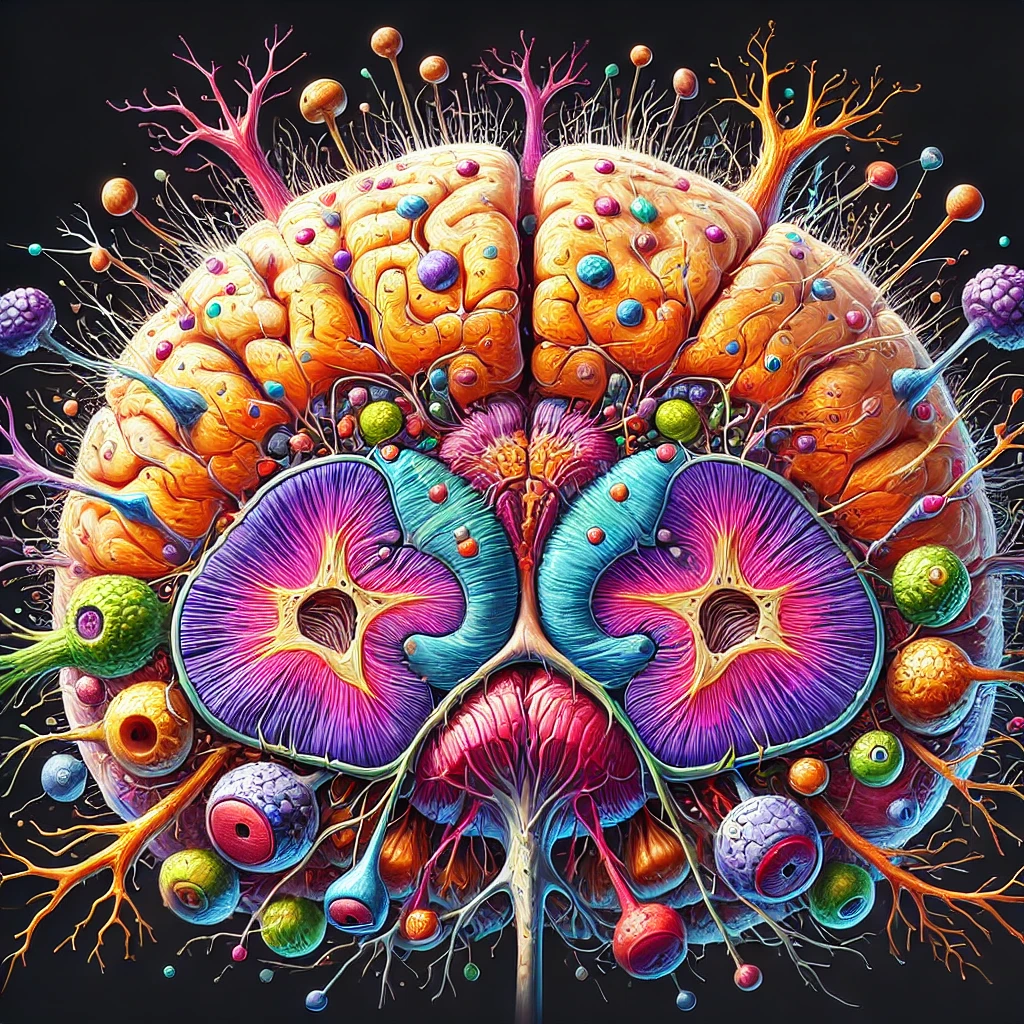
They also found out some surprising things about how the fruit fly’s brain is wired. For example, they learned that neurons aren’t just doing one job but are actually multitaskers, getting signals from different senses like sight, hearing, and touch all at the same time.
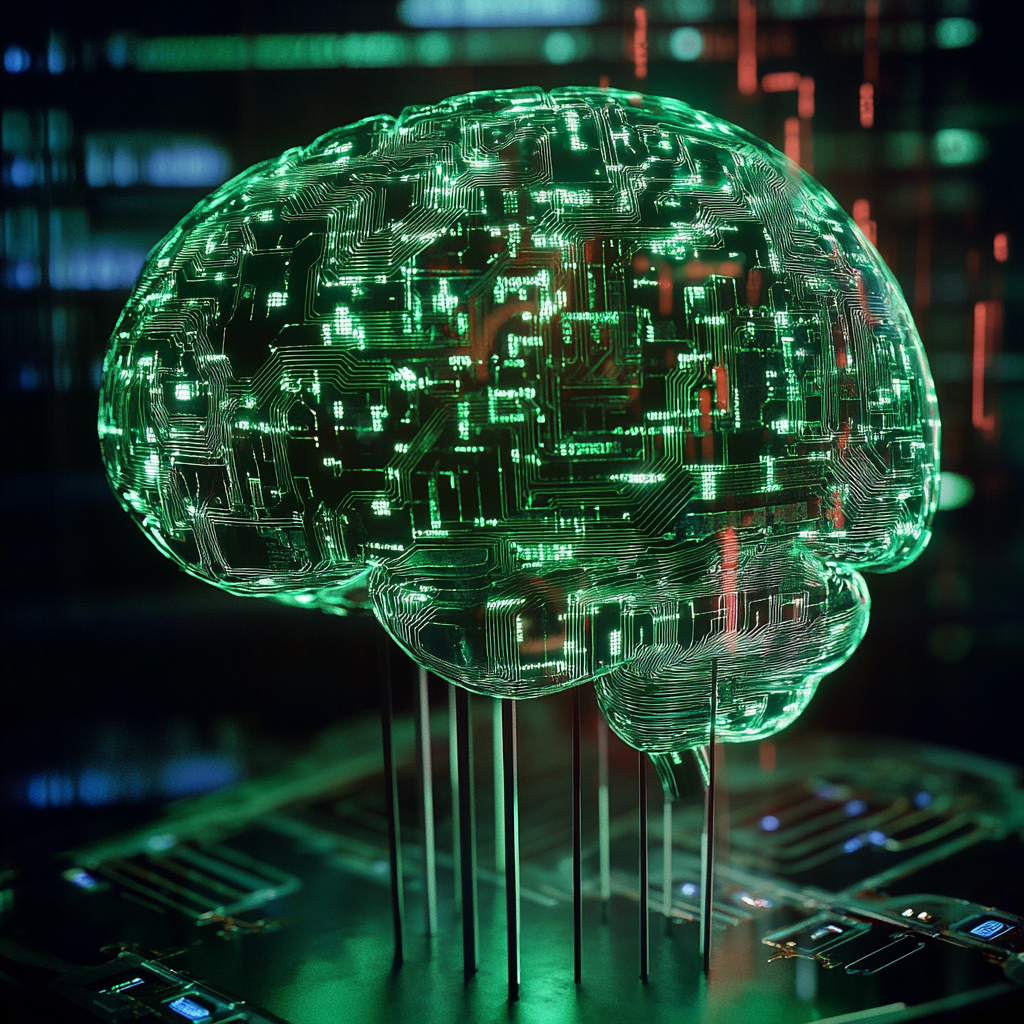
What’s really cool is how they used this new brain map. They created a computer simulation of the fruit fly brain that could predict how the fly would behave in different situations—like deciding whether to eat something sweet or sour. This simulation was right over 90% of the time, which is pretty impressive!
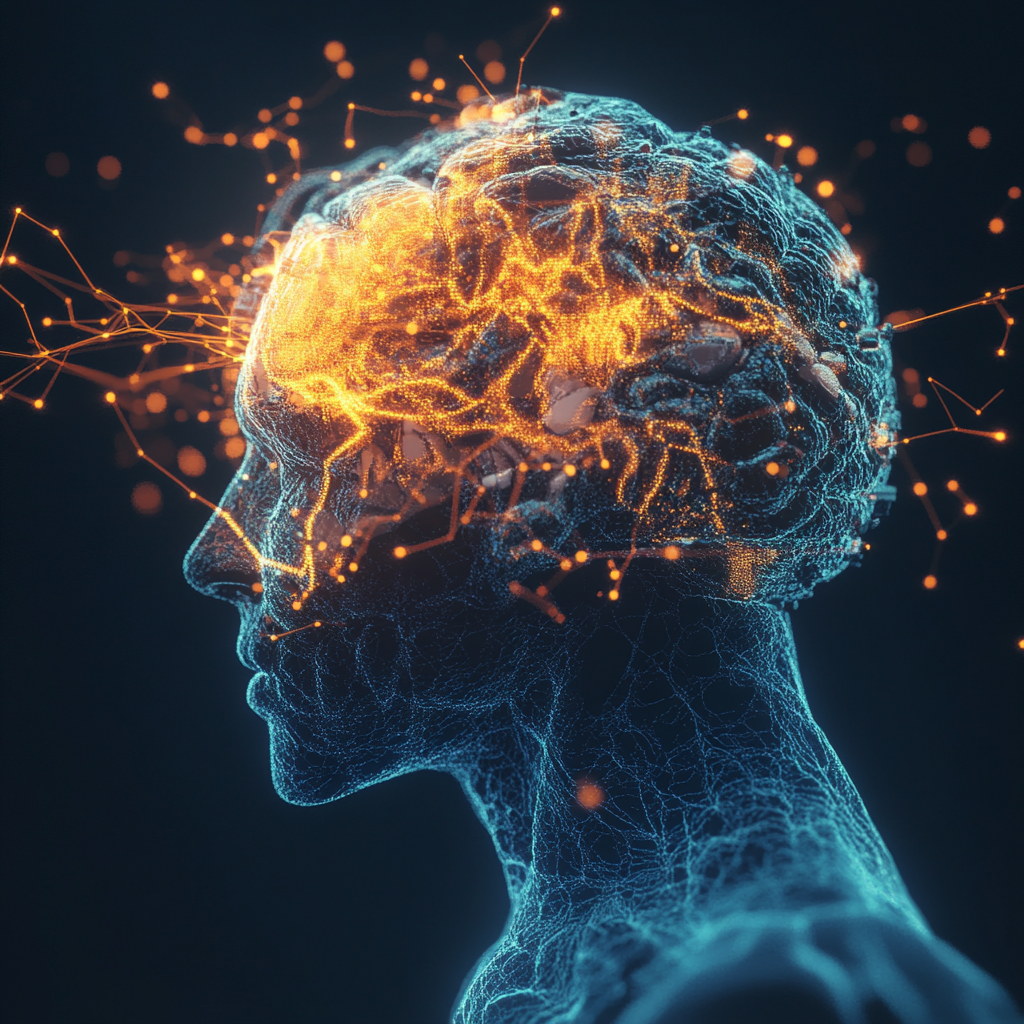
Now, if you’re wondering about downloading human brains, we’re still far from that. But mapping the fruit fly brain is a step towards understanding the complexity of larger brains, including ours. Every discovery like this gives scientists more clues on how to tackle the challenge of mapping human brains in the future. Someday, they hope to understand our brains so well that we could simulate them on computers, maybe even upload our memories and thoughts—turning what sounds like a sci-fi dream into reality. But for now, we’re just beginning to scratch the surface, and there’s still a lot more to learn.


